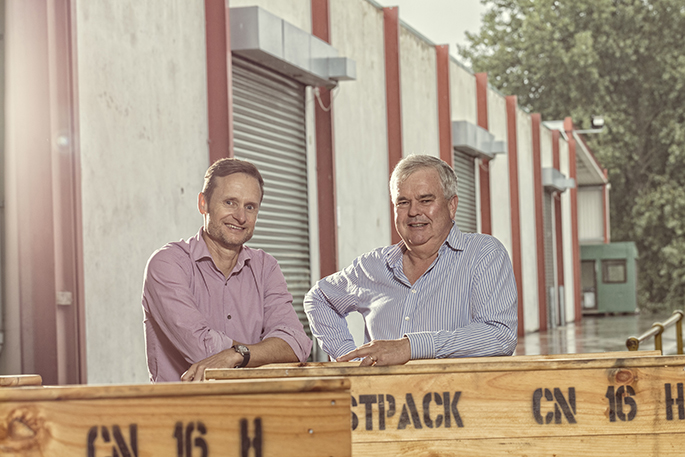EastPack Limited, New Zealand's largest grower-owned, post-harvest kiwifruit supplier, has announced an operating profit of $11.2 million, up 38 per cent on its 2015 result of $8.1 million.
Revenues for EastPack increased by 18 per cent from $136.2 million to $160.9 million, with an increase in G3 volume and a record crop for Hayward.
Earnings before interest, tax, depreciation, fair value adjustments and rebates of $34.1 million was 33 per cent ahead of $25.7 million in 2015.
The strong profit result flowed through to an increased rebate of 27 cents per transactor share compared to 20 cents in 2015, with investor shareholders also receiving an increased dividend of 8.64 cents fully imputed compared to 7.20 cents per share in 2015.
EastPack chairman John Loughlin says the continuing rebound and confidence in kiwifruit following the Psa outbreak six years ago has been very pleasing, and the future of kiwifruit is promising.
He says the board and senior leadership are delighted with the results.
'We achieved excellent production efficiencies with good volumes of fruit and strong asset utilisation throughout the year. The benefits of our capital development programme, which have progressed over the last three years to improve packing and coolstore efficiencies, are starting to provide significant return on investment.”
The company's land and buildings have been revalued, resulting in a $7.8 million lift in asset values reflecting the increasing value of property in New Zealand and the confidence in the kiwifruit industry.
The 2016 season saw a bumper crop of kiwifruit and a challenge for the industry to pack and cool the entire crop.
EastPack packed 38.7 million trays of kiwifruit for its growers – a 5.7 million tray or 17 per cent increase on 2015. This followed a 34 per cent increase in volumes packed from 2014 to 2015. EastPack also packed a further 851,000 trays for other post-harvest operators whose growers utilised EastPack's near-infrared capability grading technology and additional packing capacity.
Meanwhile Hayward volumes in 2016 were another record with the average orchard yield for EastPack growers in excess of 12,000 trays per hectare. This compares to 2010 pre-Psa when average industry yield for Hayward was approximately 7,500 trays per hectare.
EastPack chief executive Hamish Simson says one of the most pleasing things about the 2016 season is that despite record volumes, EastPack growers generally had the ability to pick and pack their fruit at the best time.
'Our investment in near infra-red technology at Washer Road proved to be a good decision and the capability to save Gold3 fruit that otherwise would have been dumped added significant value to a number of our grower lines.
'The strategies we put in place in 2016 to handle the increasing volumes of kiwifruit worked well. In 2017, with the addition of the new 14 lane grader at Washer Road, we have configured our packing operations to support more than 40 million trays.”
Hamish says continuous improvement is a strong part of the EastPack culture and further improvements have been made to lower the cost per tray packed through a continued reduction in labour costs and further improvements in fruit quality despite the challenges of a large increase in fruit volume.
'We will continue to invest in upgrading existing plant to provide best practice cooling and storage of fruit and in new technology to support the efficiency and effectiveness of our operations.
'We're always looking at ways to improve our operational performance, reduce fruit loss, and provide the best orchard gate returns to our growers.”
Hamish says crop estimates for the 2017 season indicate reduced fruit volume from the 2016 season record with Green on orchard productivity lower due to seasonal impacts. However, Gold volumes are expected to increase slightly on 2016 with more orchards coming into full production. Overall we expect a reduction in total fruit volume in 2017 and subsequent revenue and profit consistent with the one year drop in Hayward yields.
'We expect that volumes will rebound in 2018 with Hayward crop yield to return to a more normal level and further Gold3 hectares becoming more productive.”



0 comments
Leave a Comment
You must be logged in to make a comment.